Eight cars that have stuck to their roots
Most modern cars are unrecognisable compared to the models that gave them life, but a few stay true to their original ideology. We round up eight
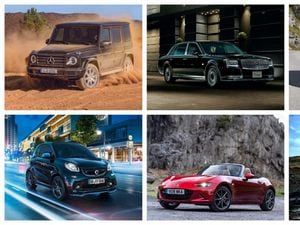
Cars may go through different names and generations, be rejigged for new markets or facelifted for existing ones, but thankfully for those of us who don’t like change there are some constants in the motoring world. We’ve chosen some of our favourites here.
These are cars which maintain the character, intention and spirit of the original models – though there may be many years and many generations separating them.
Mazda MX-5
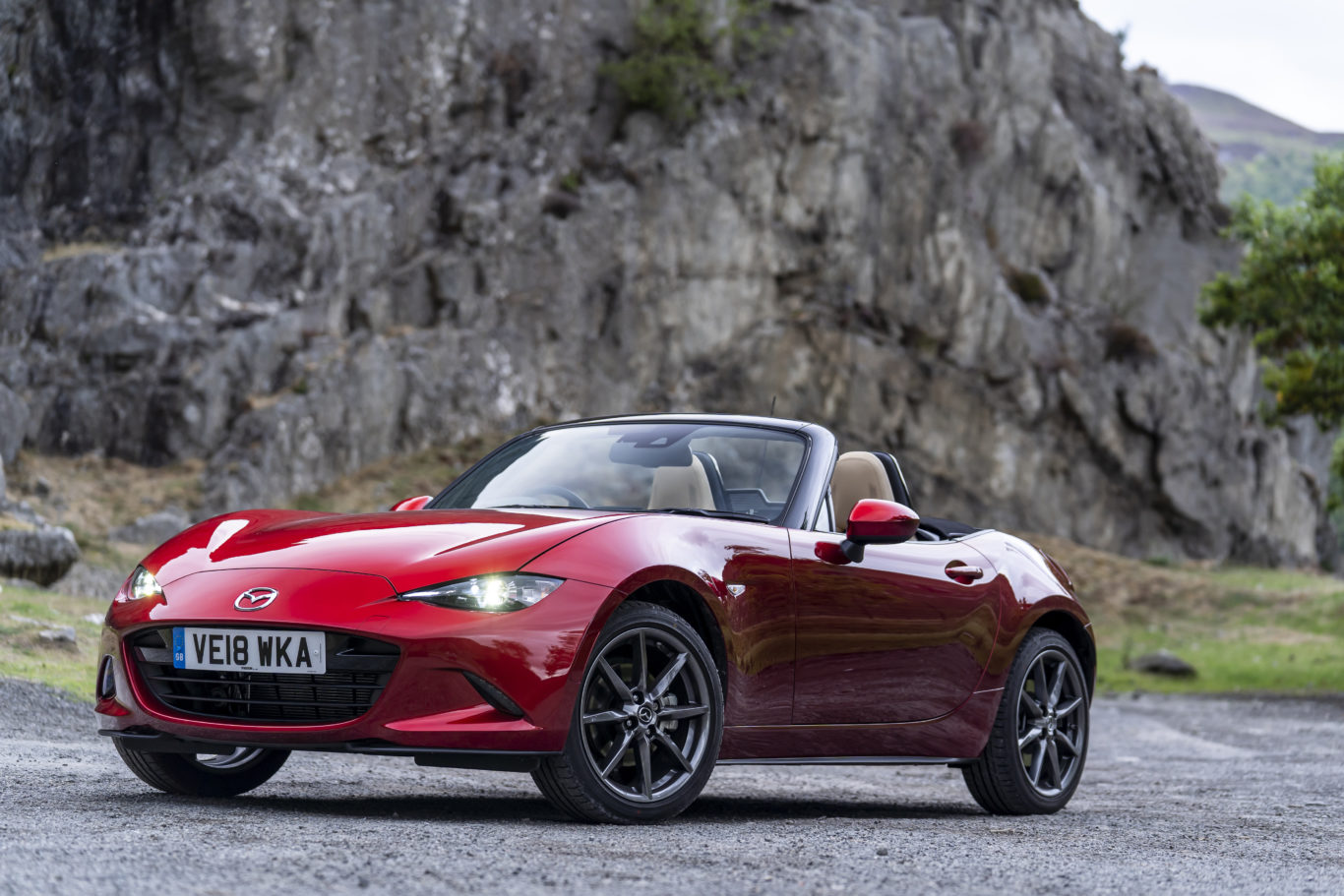
Sometime back in the 80s, Mazda decided it loved the British sports car so much — it wanted to have a crack at making its own.
Thus, the MX-5 was born. Using the famed formula of low weight, compact dimensions and a front-engined, rear-driven setup and of course, the drop top roof, it became an instant icon around the globe. Owners adored its simplistic nature, low price and fun driving characteristics — with a healthy dose of reliability to boot.
Now in its fourth-generation, the car has never really changed. While others around it have gained bags of power, weight and technology over the years — the cute Mazda retains that original formula, and remains an icon for it.
Jeep Wrangler
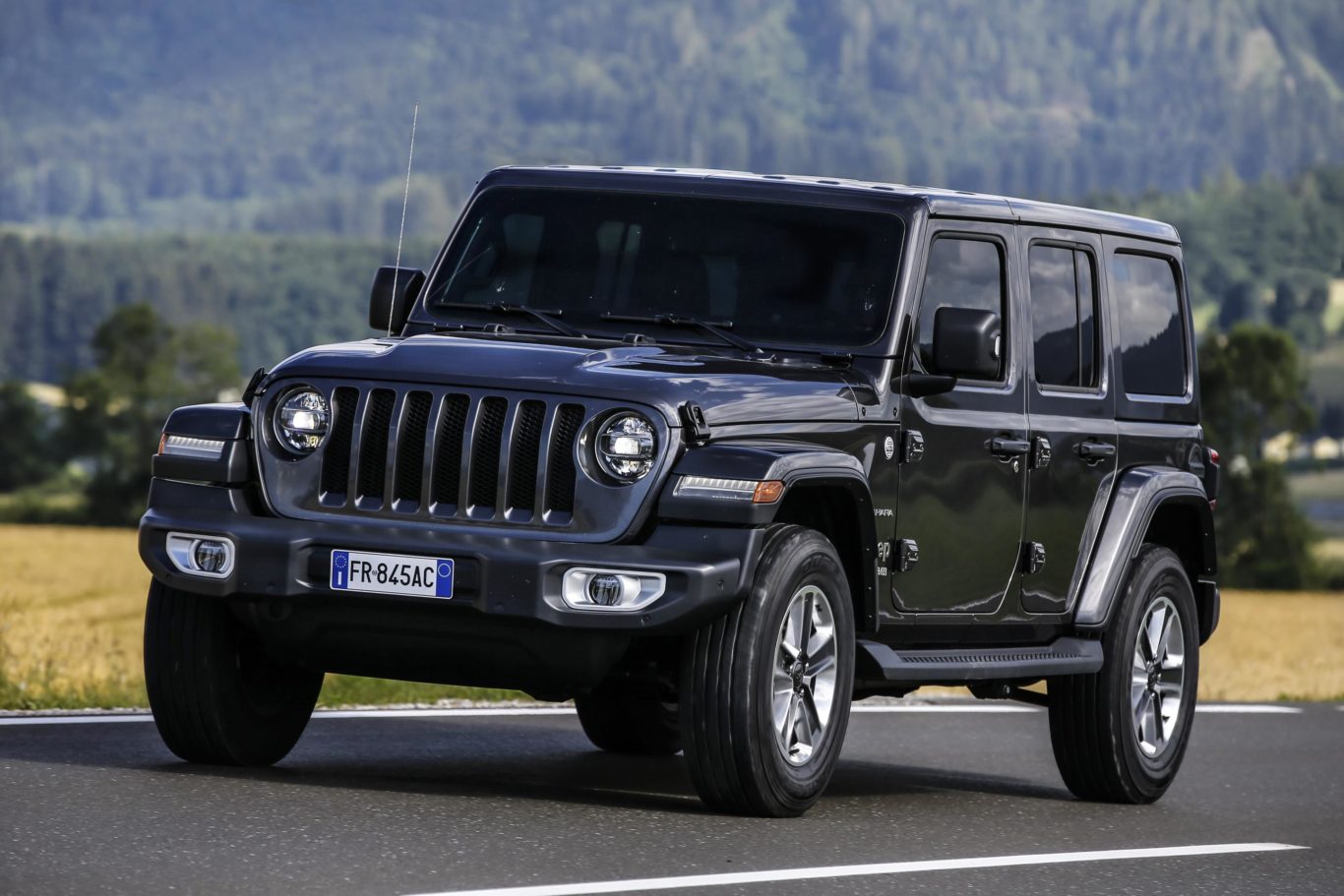
The original Willys Jeep was a car born out of necessity – a pure military vehicle, capable of going anywhere and doing anything while remaining cheap, simple and compact. Over the generations, the Jeep hasn’t really left this formula behind.
While the current Wrangler is undoubtedly more suited to the roads than the original was, it’s still an unashamed mud-plugger. Despite the seventy-plus years of production, Jeep’s DNA is clear to see, too, and there’s a family resemblance that’s endured through the ages.
Mercedes G-Class

The Mercedes G-Class is often mentioned in the same breath as the Land Rover Defender – both are old-school off-roaders with brick-like styling and more heritage than you can shake a stick at. However, the Defender has the distinction of being dead – the model’s been discontinued, whereas the G-Class soldiers on and has recently been completely overhauled.
It’s still virtually unstoppable off-road and looks as imposing as an oil tanker, and despite some improvements to its on-road manners it’s a big bruiser. Oligarchs, rappers and those who don’t find a Range Rover quite intimidating enough, step this way.
Toyota Century

Trust the Japanese to do things a little differently. Having already proved that Western luxury is simple to achieve – just look to the Lexus brand for that – Toyota reserves its finest minds for its flagship, the Century. Best of all, the current, third-gen car retains everything that made the original so interesting.
You’ll find no gaudy leather here – instead, there’s soft, warm wool upholstery. Want tinted windows? Ha! The Japanese think they’re attention-seeking – instead, there are dinky lace curtains covering the rear windows. Flashy styling? Nope – it’s almost too classy. Toyota believes that the Century shouldn’t be seen as a status symbol – it’s acquired through persistent hard work, “the kind that is done in a plain but formal suit”. What’s more honest than that?
Ford Focus
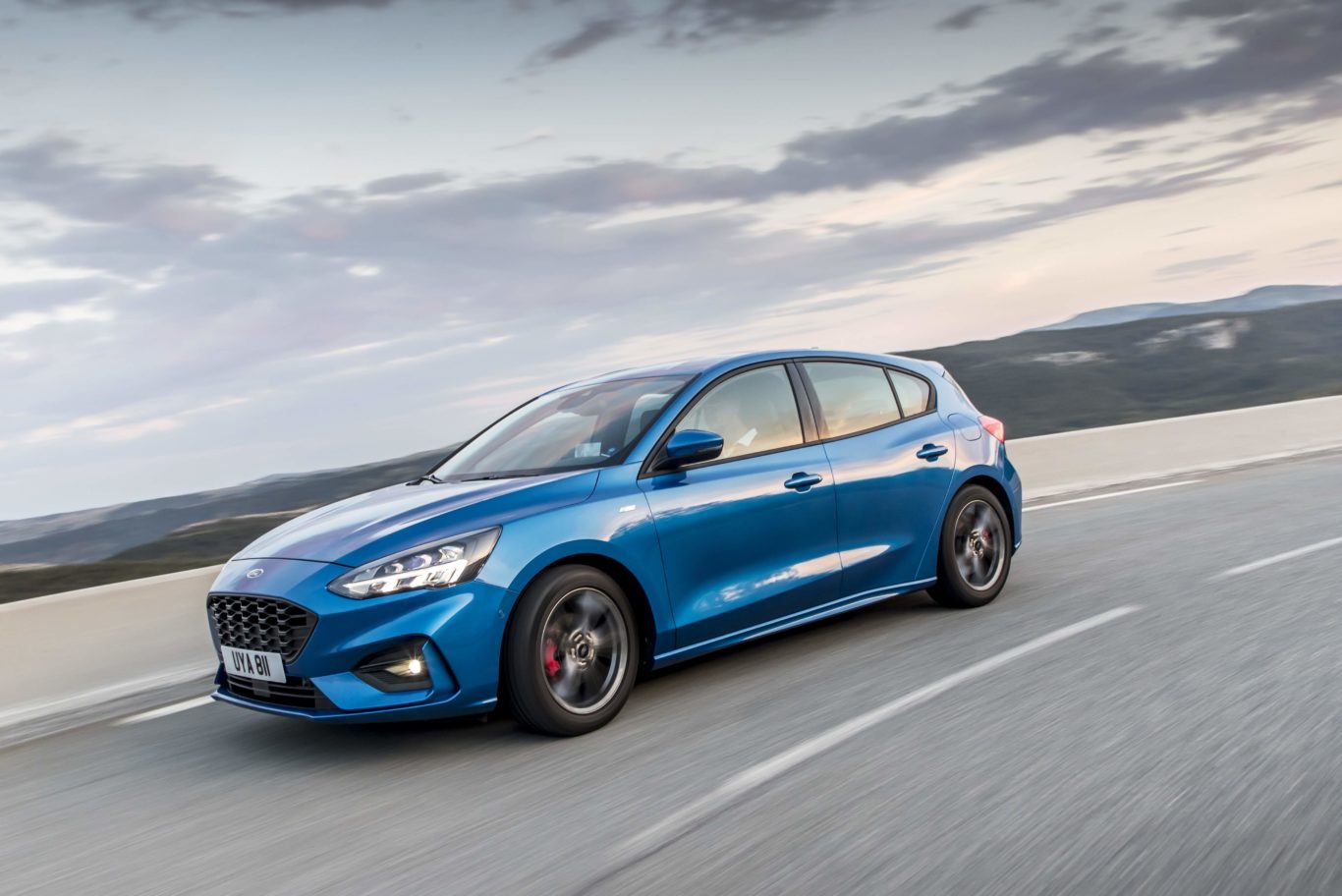
Through five generations since its 1999 debut, the Ford Focus has taken many shapes and altered in many ways. One factor, however, binds the Focus irrevocably to the very first model – and that’s the car’s driving dynamics.
All Focuses have that enviable combination of comfort and agility chased by so many manufacturers today – they’re easy to drive in town, refined on the motorway, and brilliant fun on a twisting back-road. Best of all, this extends right across the range – whether it’s a hot ST or RS model, or a clapped-out Mk1 diesel.
Suzuki Jimny
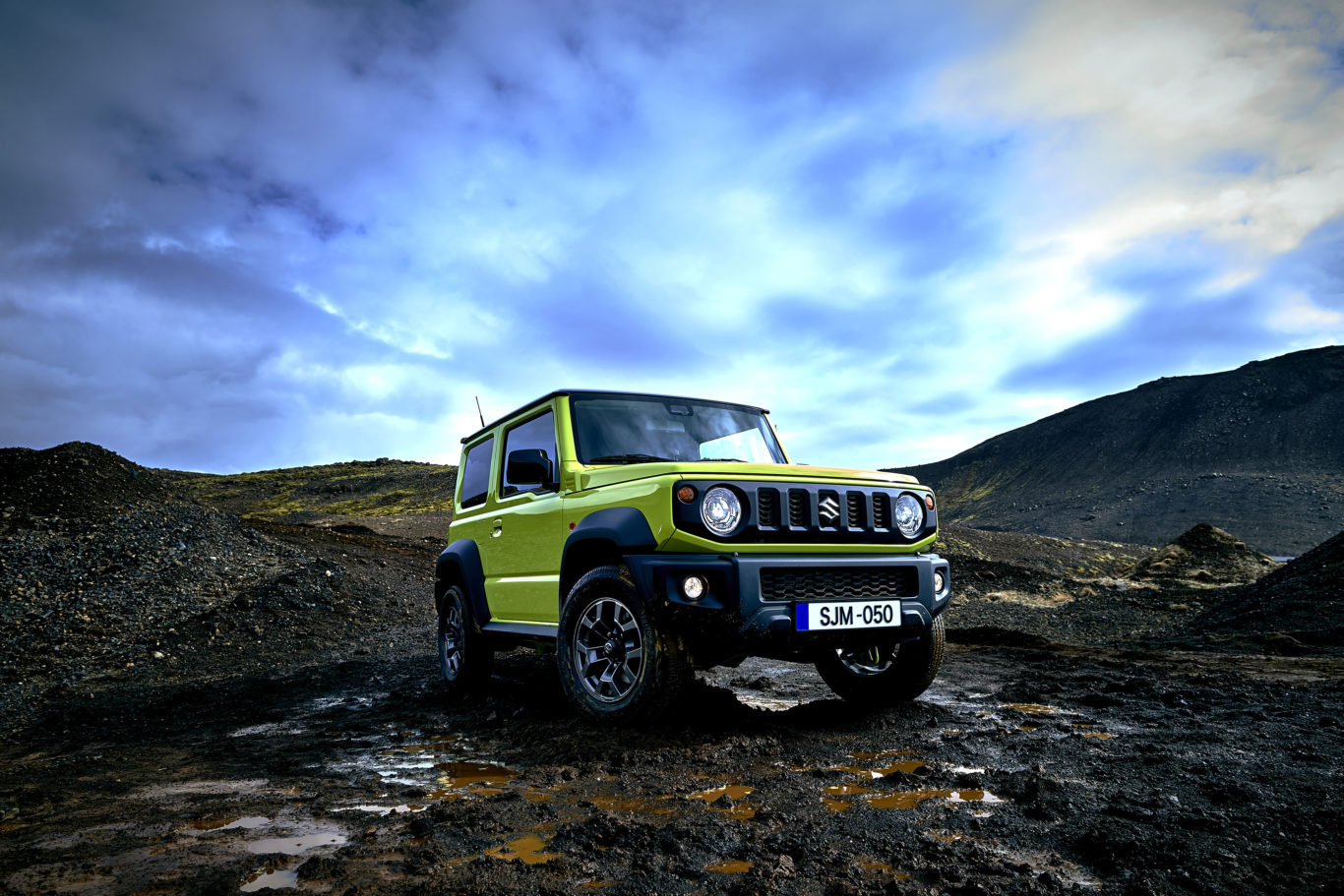
It’s rare for a car to see almost 50 years in production — but for those that do, it’s practically unheard of for it to remain true to its original recipe.
Well, that’s exactly what the Suzuki Jimny has done. Having just moved into its fourth-generation and 48th year of existence, the little off-roader remains a basic, affordable machine that has the capability to take on any kind of terrain that could be thrown at it.
Porsche 911
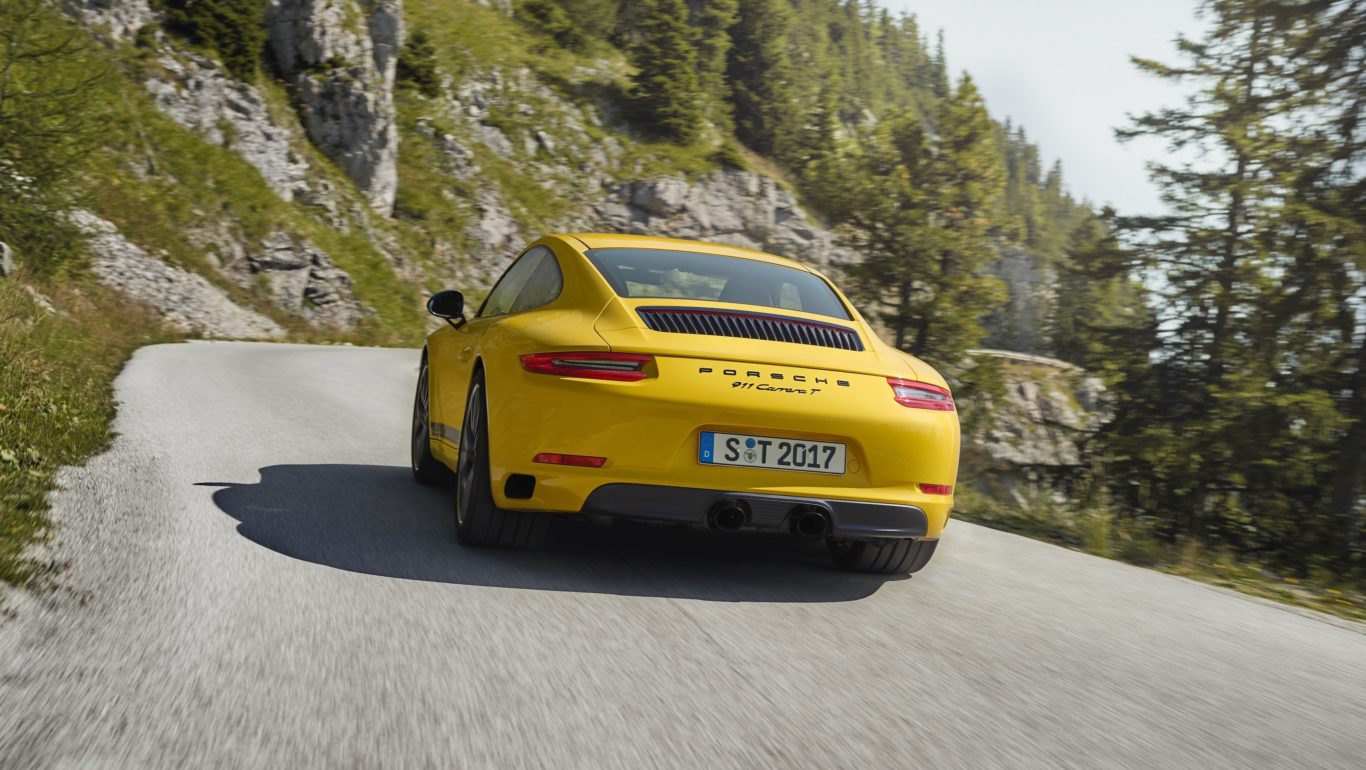
Originally based on the rear-engine 356, the very first Porsche 911 was forced to be a rear-engine machine as a result of its roots when it was conceived in 1963.
Rather than switch to a mid- or front-engined approach later in life, much like its various rivals that would appear over the years, the German icon stuck to its guns — with the horse pushing from the back to this very day.
Despite its unusual configuration, it has always been the benchmark against which every sports car has been tested — and few have ever toppled it.
Smart ForTwo
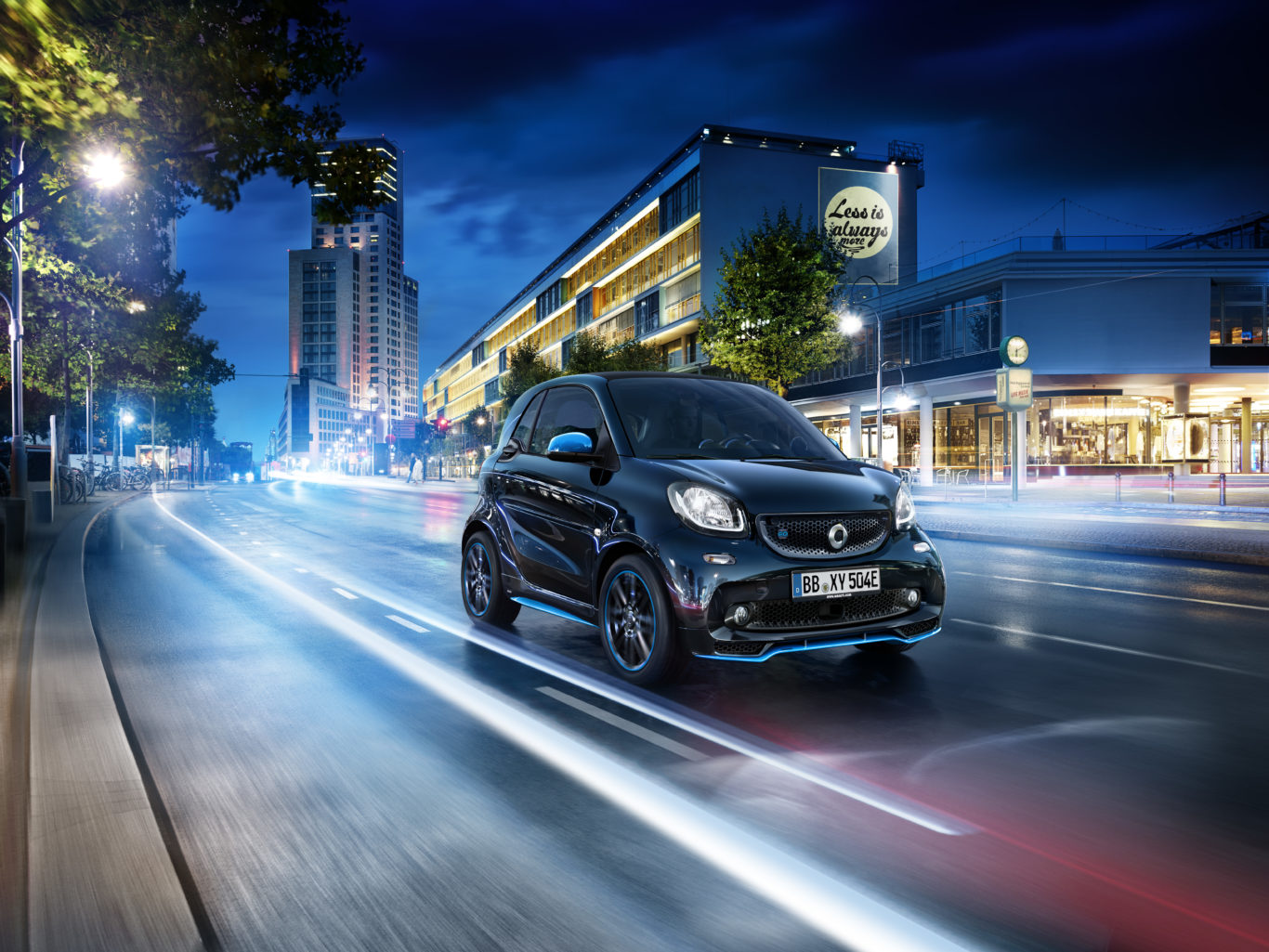
Two-seat bubblecars were all the rage in the 1950s and 60s, but as buyers grew wise to crazy ideas such as ‘comfort’ and ‘safety’, they fell out of favour. Fast forward to the 1990s, with city populations expanding, parking spaces shrinking and fuel prices increasing, and add in two unlikely partners – car manufacturer Mercedes and watchmaker Swatch – what do you get?
The end result is the Smart ForTwo, which is now in its third generation. Sure, the ingredients have changed – Swatch is long-gone, and the car is currently based on Renault mechanicals – but the recipe’s the same. All proper Smart cars have had cute looks, rear-mounted engines, ridiculously tiny turning circles, and space for two occupants. It’s that simple – and it’s a formula that works.





